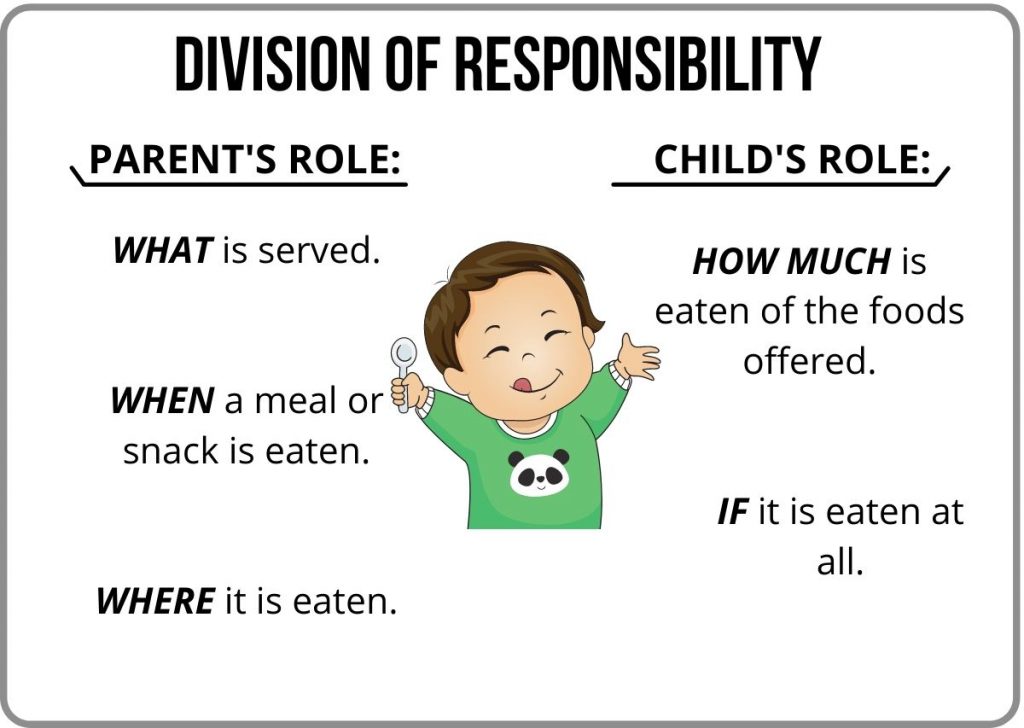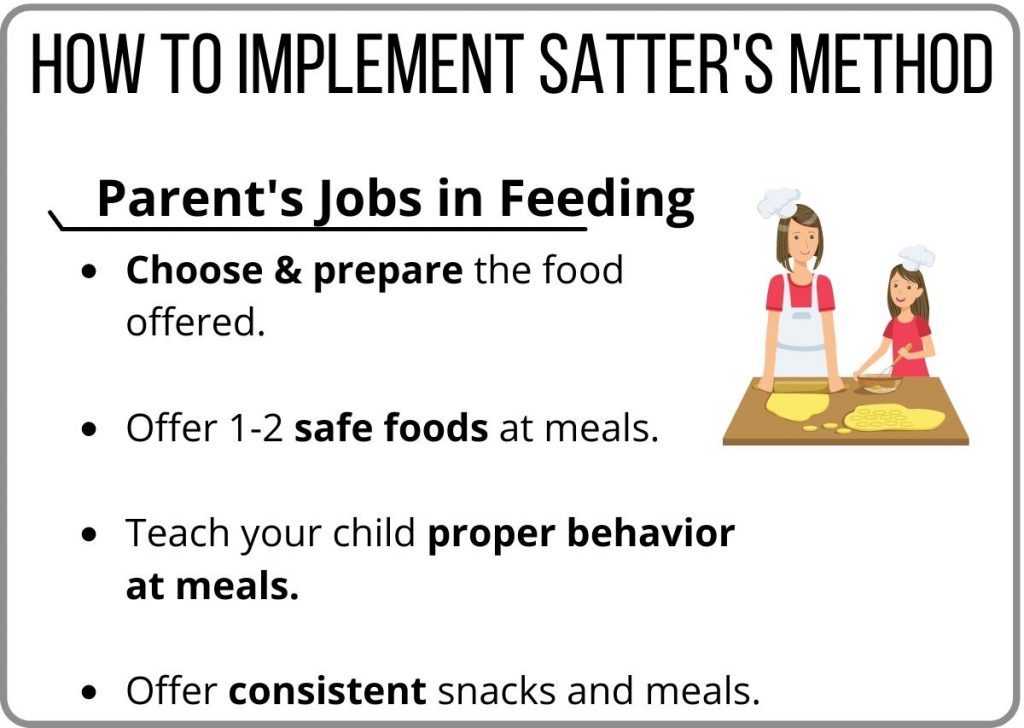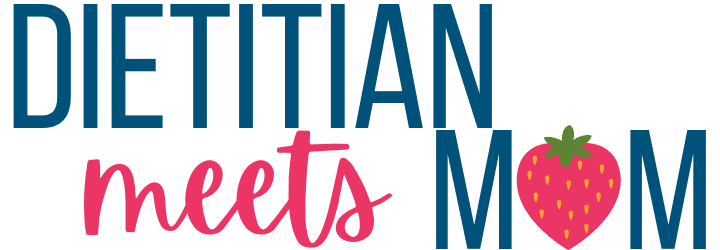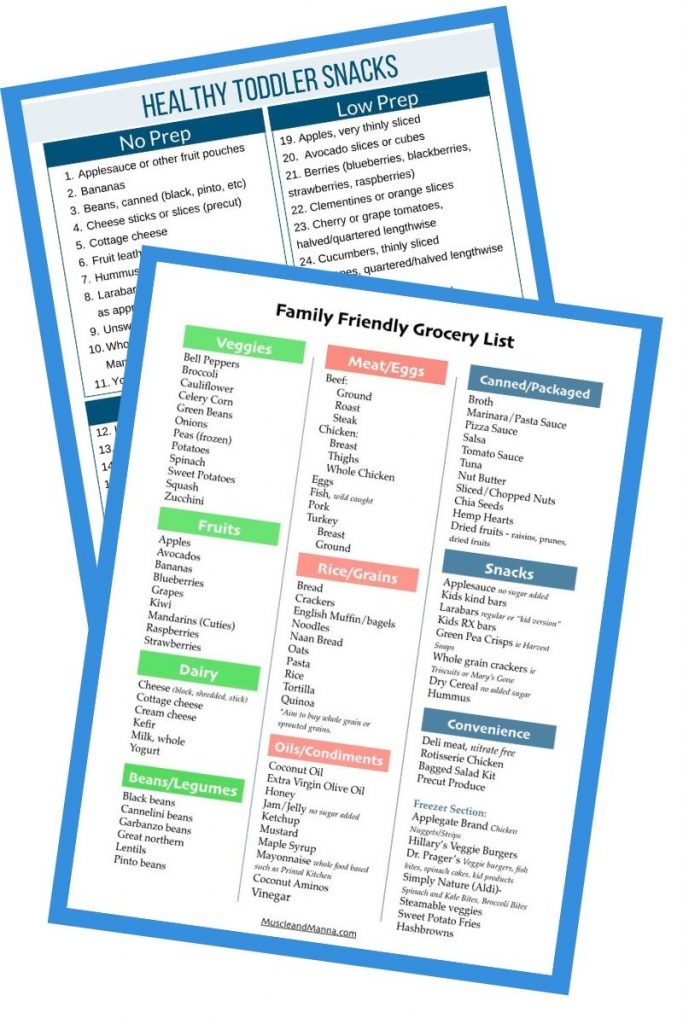The Division of Responsibility – How to Stop PICKY EATING!
Have you ever watched your child pick at their dinner plate and then worry when your toddler refuses dinner altogether? Feeding kids can be stressful, but with a clear feeding plan and boundaries in place, you can feel confident that you are doing everything in your power to encourage healthy eating habits without spending your meal probing your toddler to “just try the chicken/asparagus/mashed potatoes.” Ellyn Satter’s Division of Responsibility does just that.
In fact, I’m certain if you fully implement it in your household, you will start to stress less and feel more confident when your child picks at his dinner plate.
This post may contain affiliate links. If you click & make a purchase, I receive a commission! Read my full disclosure policy.
What is the Division of Responsibility?
The Division of Responsibility was created by Ellyn Satter, MS, MSSW who is a Registered Dietitian and family therapist. The Division of Responsibility is a framework that breaks down the parent’s responsibilities vs the child’s responsibilities. The goal is to have a pleasant mealtime and raise children that “are a joy to feed.”
The Parent’s Responsibility in Feeding:
The Child’s Responsibility in Feeding:

Why is the Division of Responsibility in Feeding Important?
The Division of Responsibility (DOR) is a method that encourages intuitive eating in children by trusting them to use their natural hunger cues and instincts in deciding how much food they should eat.
It can help alleviate parent’s stress about how much their child is eating and helps the child trust that there will be regularly scheduled meal and snack times.
Parent’s attitudes and actions about food and mealtimes both play an important part in raising eaters that have the ability to self-regulate.
Who is the Division of Responsibility for?
Honestly, most, if not all, kids could benefit from this structured way of feeding kids. Obviously, if there is a medical issue or greater concern than typical toddler picky eating habits you should consult with your personal Pediatrician or Registered Dietitian.
However, this method can definitely benefit most families. In fact, if you experience any of the following, this method in particular will likely help mealtimes to go smoother:
- If you feel like a Short Order Cook making your child their own food
- General worry that your child is not eating enough OR is eating too much.
- Begging your child to try “just one bite.”
- If you want your child to develop a healthy relationship with food and learn to eat intuitively.
How to Implement the Satter Method DoR in Your Home
Knowing your role; the what, when, and where of feeding; is important. However, when it comes to actually implementing the Satter Method Division or Responsibility in your own home, it can seem more complex. Especially if this method looks different than what you’ve been doing. Start off by familiarizing yourself with all of responsibilities in feeding.
The Benefit of offering “Safe Foods”
Safe foods are those foods that you know your child will eat and feels comfortable with. It does not need to necessarily be their favorite foods, but it does need to be something they will eat. For example, my 3 year old will eat pepper sticks, cucumbers, rice, and any fruit. The fruit is his favorite, but the pepper sticks, cucumbers, and rice aren’t necessarily foods he will ask for, but foods he always feels comfortable with and enjoys.
It is recommended to include 1-2 safe foods at the family meal. This will often take the pressure off new or less preferred foods and may even increase the likelihood that a child will reach for these foods. Additionally, it helps to ensure your child continues to enjoy meal time and come to the table with a good attitude.
Kids have a lack of experience with food since they haven’t been eating long and are still developing their sense of taste. Offering safe foods is a way to consider their preferences without becoming a short-order cook or catering the meal to them.

Your Jobs in Feeding
Ellyn Satter details your jobs in feeding here. To summarize here are some points to consider:
- You choose (and prepare) the food that is offered.
- Offer 1-2 “safe foods” at mealtime. For example, if I’m having a new soup that my toddler has not yet tried, I will offer it alongside a bowl of fruit, pepper sticks, or even whole-grain biscuits to help him feel comfortable with the new meal.
- Teach your child how to behave at mealtimes.
- Offer consistent snacks and meals.
The Benefits of Regular Family Meals
Research shows that regular family meals offer many benefits for children. In addition to building relationships and teaching proper table manners, family meals can reduce a child’s pickiness. However, the benefits go on to include a reduced risk of obesity, typically include healthier meals, and even result in better behavior as kids age.
Benefits of Serving Dinner Family Style
Serving meals family-style is a great way to implement Ellyn Satter’s DoR. It allows each person the opportunity to make their own food choices out of those offered. Additionally, I’ve found that when kids are able to dip their own food (with assistance as needed) they seem to have more interest in trying new foods.
However, even in my own family we often do a buffet-style dinner (to save time in setting the table), but allow our toddler to assist with building his own plate. It’s a great compromise if family style doesn’t work for you.
Division of Responsibility FAQ
What if my child doesn’t eat anything at meal times but then asks for something to eat later?
If your child is not eating anything at meal time, simply remind them when they will be offered food again. I encourage my kids to make sure their tummies “feel full and happy” before they finish eating. Teach your toddler what time meals/snacks are offered so that they know they occur on a schedule not by demand.
If you have been allowing grazing throughout the day, it will take some time for your kids to realize the new set of rules. However, this method can help your child to not skip meals in an attempt to get a fun snack or something more desirable later.
Can I limit the amount of dessert?
Yes, simply offer one slice of dessert to each person at mealtimes. In fact, Ellyn Satter recommends dishing one dessert per person and you can eat it before, during or after the meal. She also advocates for periodically offering an unlimited amount of treats such as cookies for a snack to allow the child the opportunity to self-regulate. If your child is not used to this, you may find that they eat more cookies when you start doing this, but they will likely eat fewer once the newness wears off.
More Resources on Division of Responsibility
Ellyn Satter’s Division of Responsibility
University of California – Healthy Happy Eaters
When Your Toddler Won’t Eat Dinner
FREE Toddler Snack Printable & Grocery List
Simplify feeding your toddler with these free guides. Sign up for my email newsletter below.

